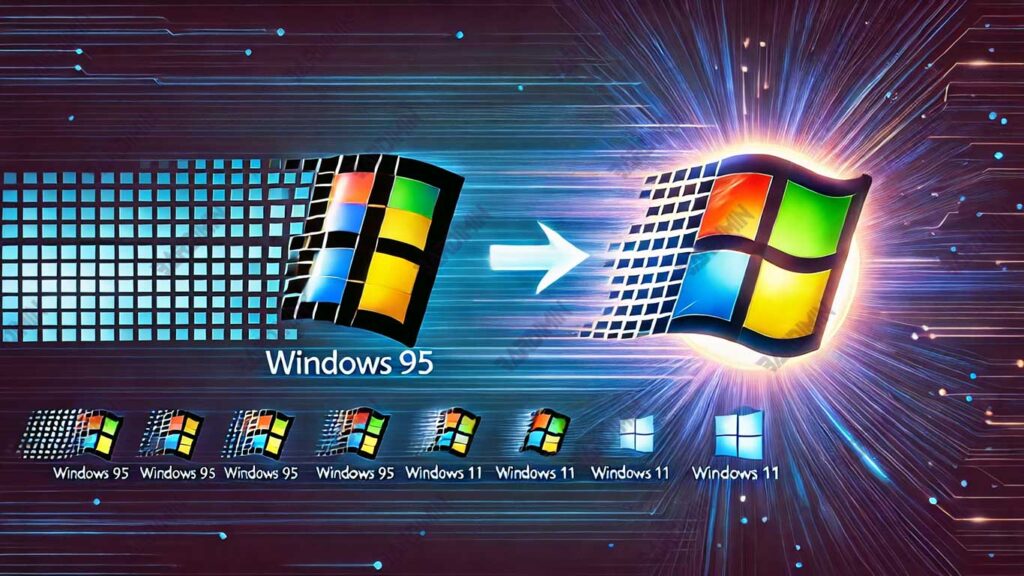Windows 11 is the latest operating system from Microsoft that brings a lot of updates and new features. However, one question is why system files and folders are still visible to users. In an age where security and privacy are paramount, modern operating systems like iOS and Chrome OS have hidden system files from ordinary users. Why doesn’t Windows 11 do the same?
This question is even more important when we see that Windows 11 still retains elements from the old operating system, such as Windows 95. Although the appearance of the interface has been updated, the structure of the files and folders accessible by users remains the same. This raises concerns regarding security and privacy, especially in corporate environments where sensitive data is often stored and accessed.
Bardimin will discuss the reasoning behind Microsoft’s decision to let system files be visible. We’ll explore how legacy technology, enterprise needs, and telemetry data collected by Microsoft influenced this decision. In addition, we will take a look at Microsoft’s efforts to improve security through projects like Windows 10X, and why the project was ultimately canceled.

Why Is Windows 11 Still Similar to Its Predecessor?
Windows 11, although considered a modern operating system, still retains many elements from its predecessor, especially Windows 95. One of the most noticeable things is the structure of files and folders that remain familiar to users. Although the interface has been updated with a cleaner and more modern design, the file system is still easily accessible to ordinary users.
Why Windows 11 Still Adopts Windows 95 Legacy
1. Compatibility with Legacy Applications:
Many applications were created for Windows 95 and previous versions are still used today, especially in enterprises. Microsoft needs to make sure these apps keep running in Windows 11, so that the old file and folder structure remains.
2. Company User Needs:
Many large companies rely on software that has been around for many years. Changing the file structure of the operating system can cause problems with legacy applications, which can interfere with the smooth running of the business.
3. Limitations of Technology in the Windows 95 Era:
In the days of Windows 95, the concept of system file security and isolation was not as strict as it is now. Many programs of that era required direct access to system files, and changing this would require major changes to the program code.
The Impact of Windows 95 Legacy on Windows 11
File System Visibility:
Windows 11 users can still view and access folders such as C:Windows or C:Program Files, which store important files from the operating system. This is in contrast to modern systems like iOS or Chrome OS, where system files are completely hidden from the average user.
Less than Optimal Security:
With system files visible, there is a high risk of user error (such as deleting important files) or malware attacks targeting system files. Although User Account Control (UAC) was introduced since Windows Vista to improve security, the structure of open files is still a loophole.
Real Example: An Immutable Interface
Even though it has been updated, File Explorer in Windows 11 still has similar functions and structure to Windows 95. Users can still easily browse the system directory, which should not be necessary for a regular user.
Registry Editor:
Tools like the Registry Editor are still accessible, although their use requires in-depth technical knowledge. This is a legacy of the Windows 95 era, where users often needed to manually edit the registry to resolve issues.

